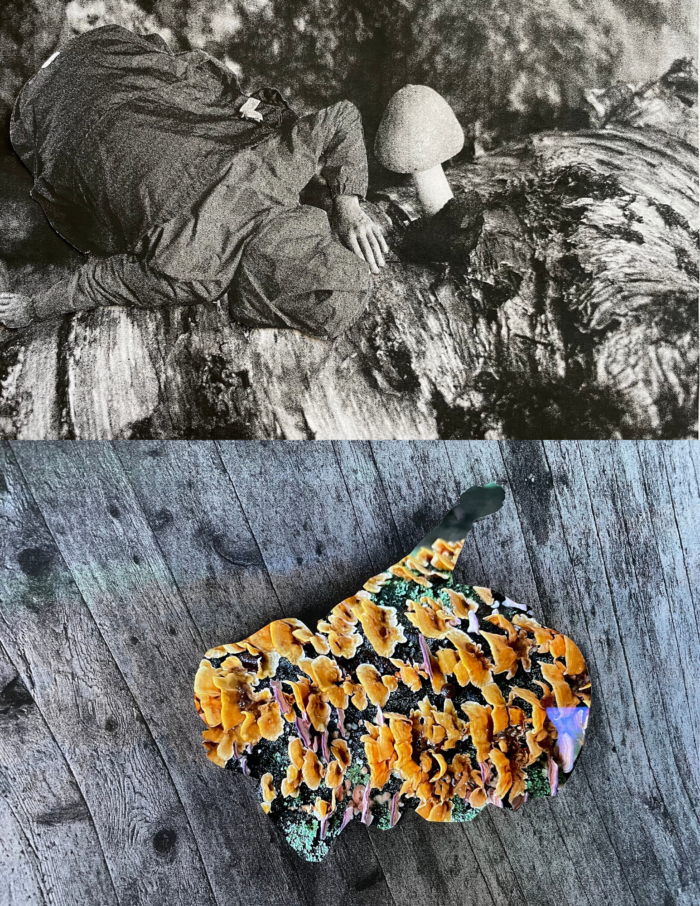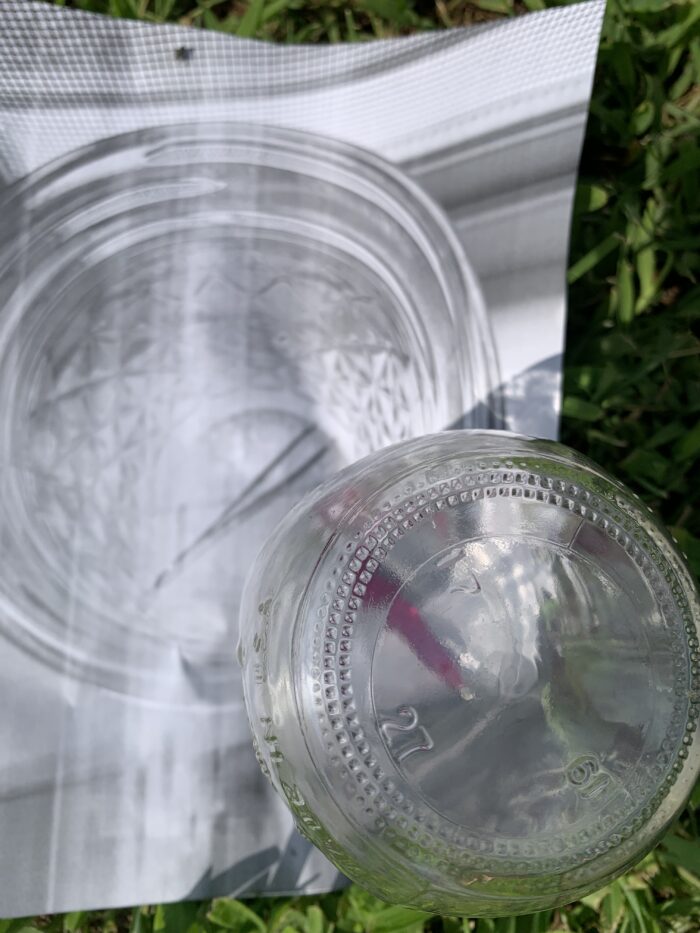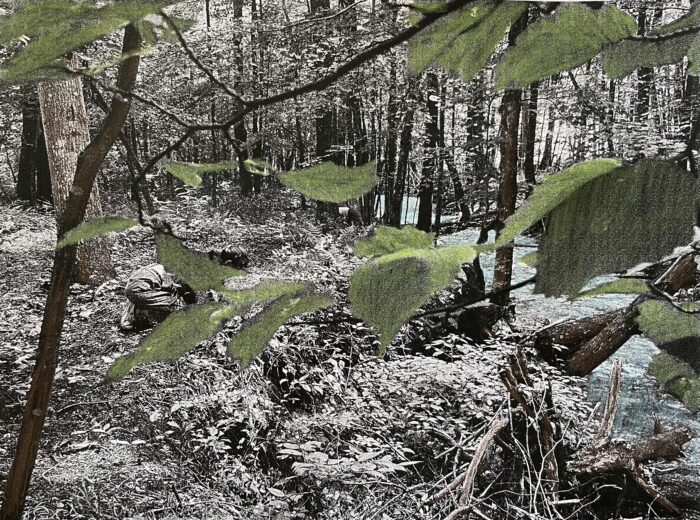What might it mean to explore performance in a multi-species arena by choosing to engage a multitude of more-than-human modes of perception, values and desires assembled and co-mingling together on this ancestral Abenaki land?
-Black Hole Hollow, another audience residency call
In 2021, we were invited to be in residence at Black Hole Hollow Farm on unceded Abenaki land. Nicole Daunic, our host, had distributed a call inviting artists to create performances to share with another audience—to reimagine who we might be performing for…and with.
The invitation, she explained, was “shaped by a curiosity about the critical role of creative embodied practice in the process of unsettling forces of human exceptionalism” that, she continues, “imbue modes of ‘life’ shaped through the illogical logics of colonial violence, extractive capitalism and white supremacy.”
We spent five days investigating the habits—physical, sensorial, and ideological—that shaped our embodied relations with our surroundings and more-than-human others. The resulting scores in this Theatre are intended as an ambivalent archive, an earnest offering, an incomplete acknowledgement, an unsettled placing, a nourishing burial—a “preyer.”
I witness an ant spiral endlessly along the edges of a clover leaf, its movements growing lethargic yet determined.
During a durational practice of playing dead, we remain relatively still under a hazy sun and realize that the smoke from the wildfires blazing in California has come to greet us.
Buried in the foothills of Black Hole Hollow in 1800, Rhoda Blommers, a fellow settler, would become a key collaborator. In her ongoing decomposition, she showed us one way to trouble the oversimplified binary between a human and non-human audience. Simultaneously, she reminded us of the histories of European settler colonialism that informs our arrival to this place. Rhoda’s life is marked—by a headstone on the land—and retold—in a brief newspaper article published in the New England Homestead in 1965. In death, her body continues to settle into the earth.
We talk about how humans are often rendered at the top of the food chain, but at Black Hole Hollow, we receive frequent reminders of the ways we are always becoming food to other beings. Ticks and mosquitoes feed off our blood. Gnats find moisture in our tear ducts. Fungi make homes in our shoes and skin after heavy rains. Rhoda, who seems at once to be roving around and slamming cottage doors, while also spreading the nutrients of herself in the dirt, continues to remind us of place in the midst of a multi-course meal. We come up with a working title of Preyer in attempts to hold onto this awareness that we are also food, and that our movements are intended as an offering.
In these scores, excerpted from a larger collection, we tangle with an inherited choreography of human-centeredness, which is inseparable from the colonial logics that separate beings according to physical and imagined characteristics. We contemplate the ways we have been cast as repeaters of this choreography and explore a few ways to disobey it and imagine otherwise. Our preyer is that this might help us to perceive things that are obscured within vertical, rational, objective, and objectifying praxis, and perhaps to re-situate ourselves more respectfully in relationship to more-than-human kin.




